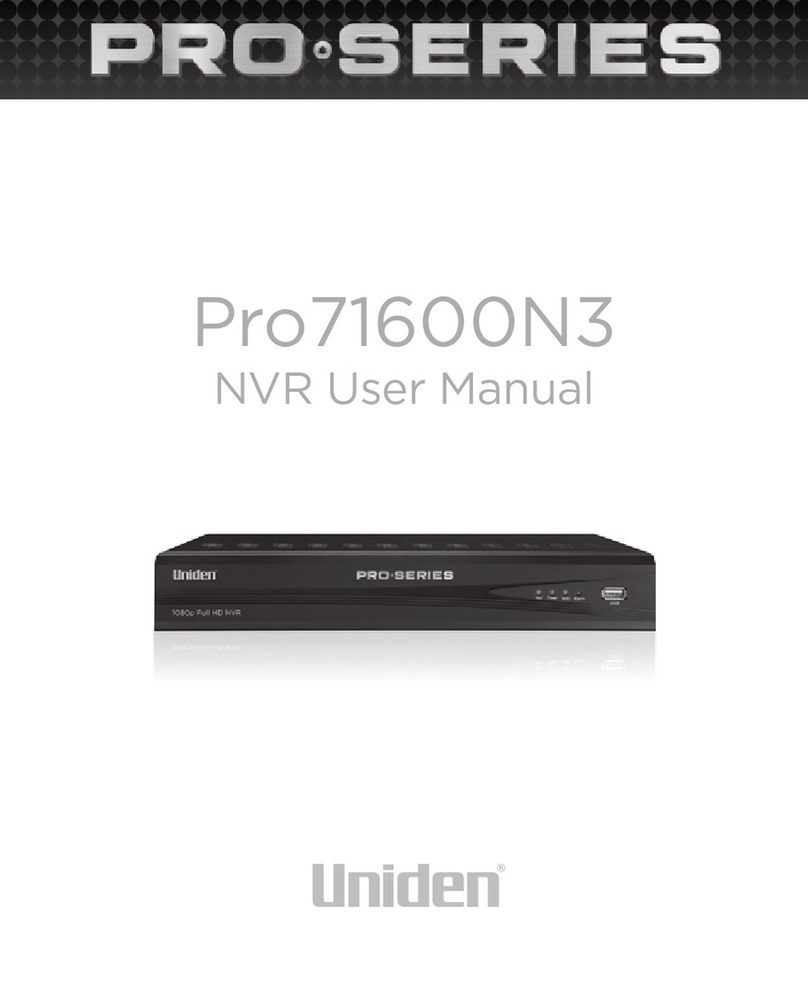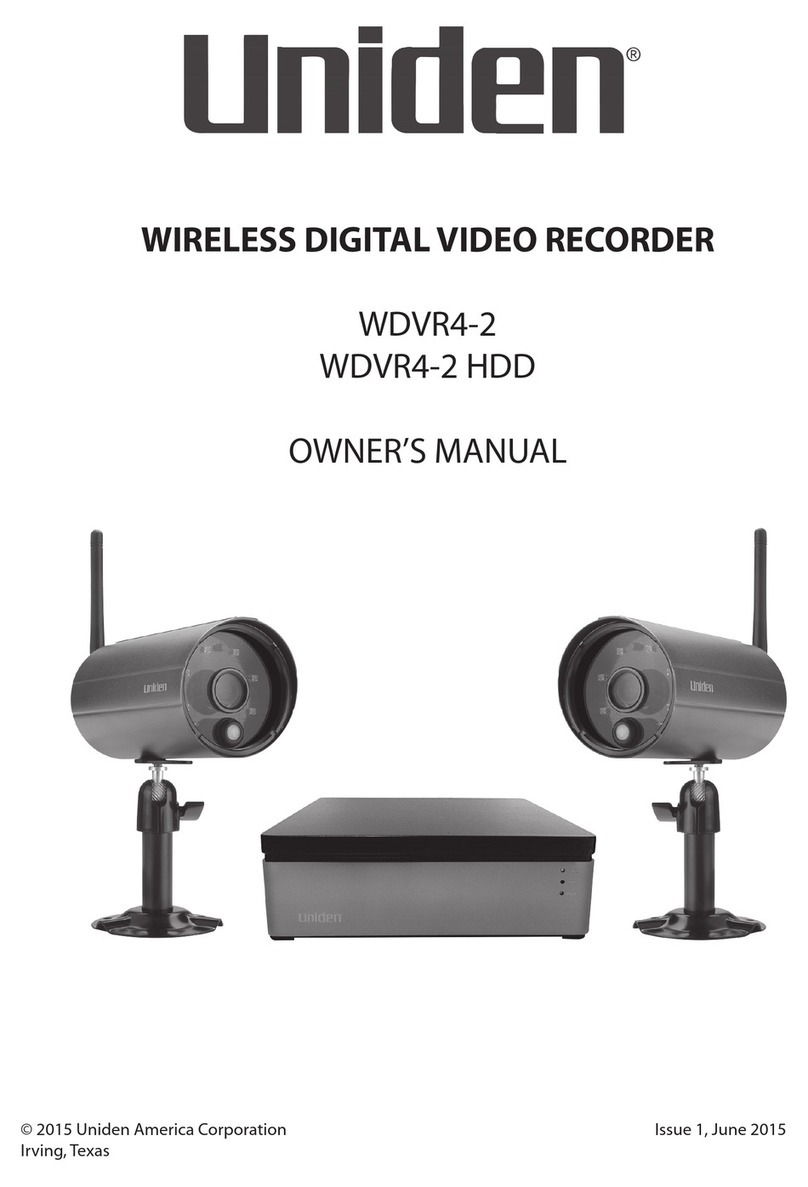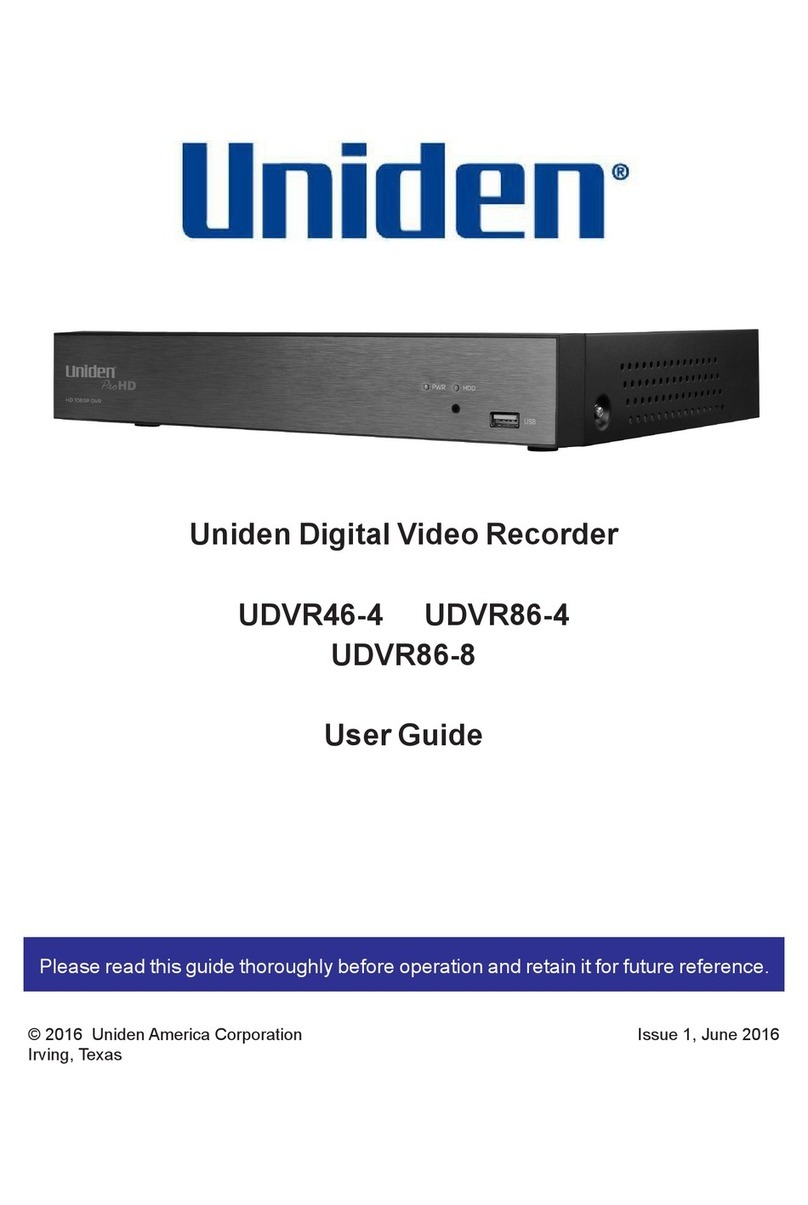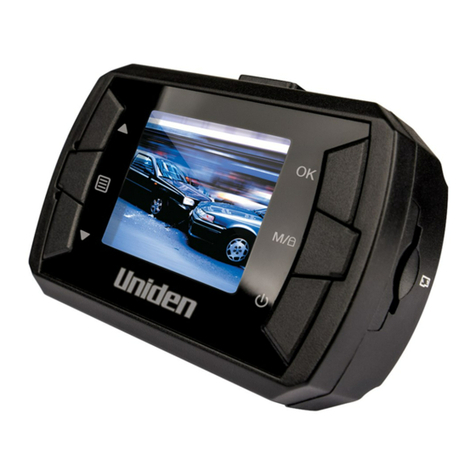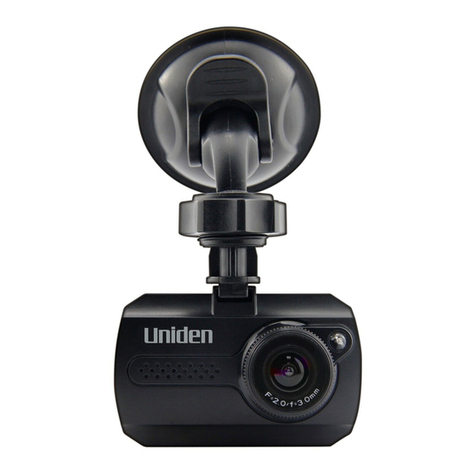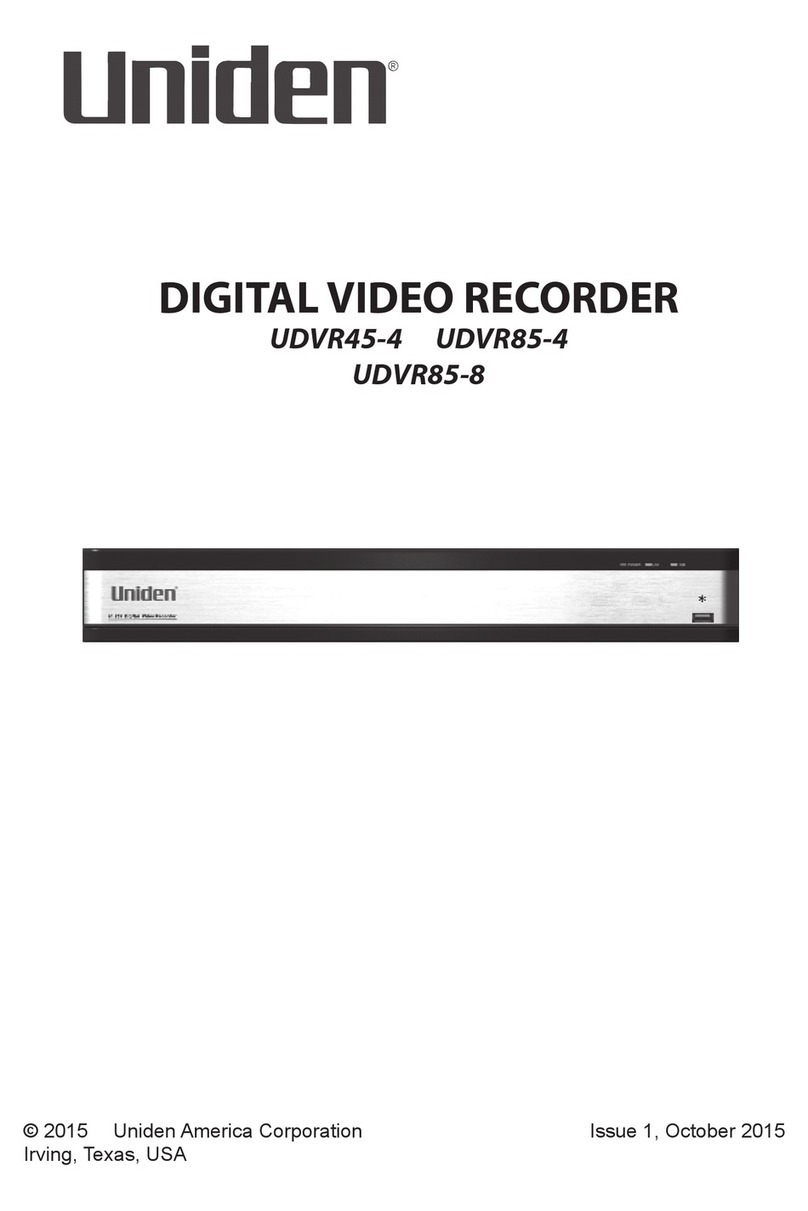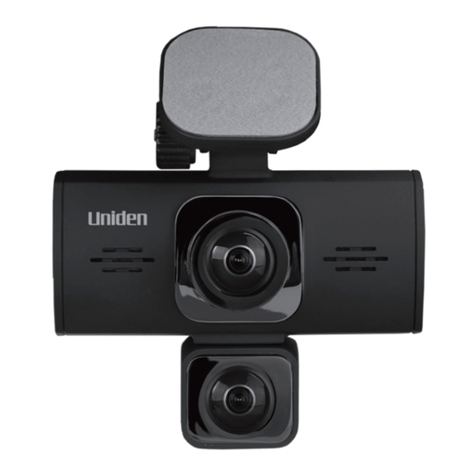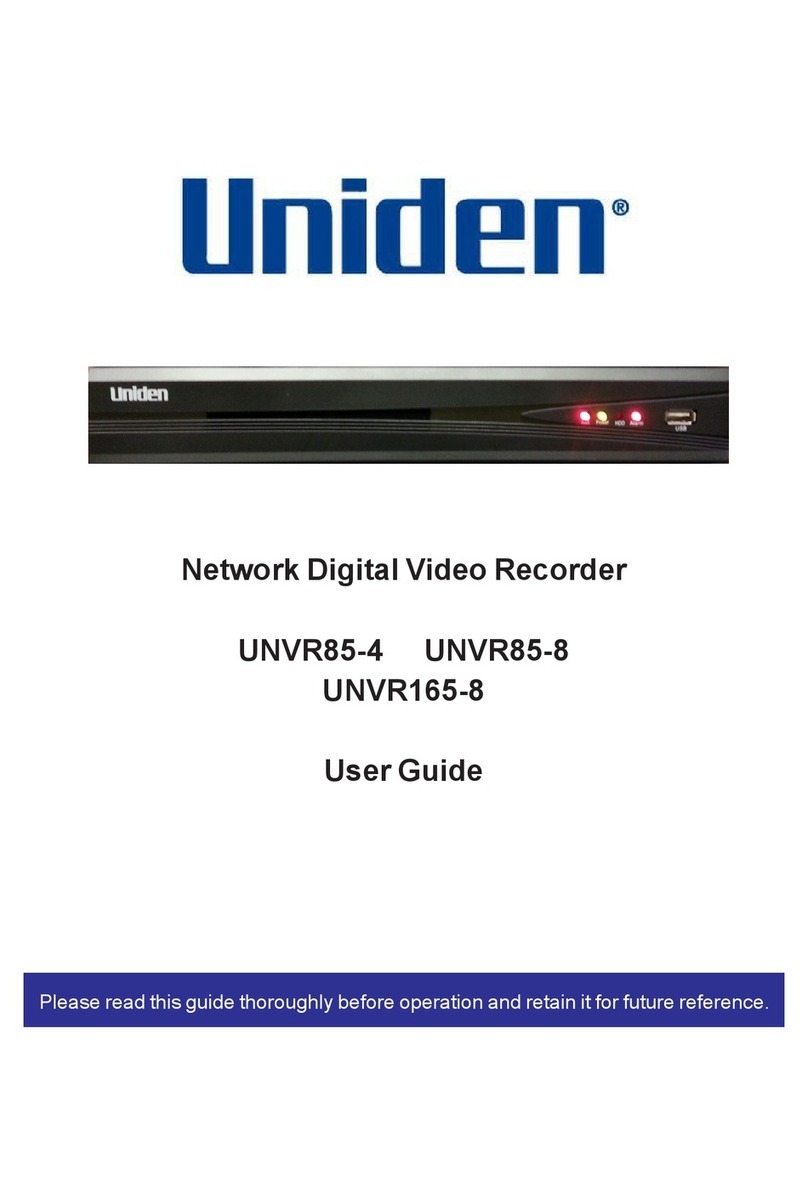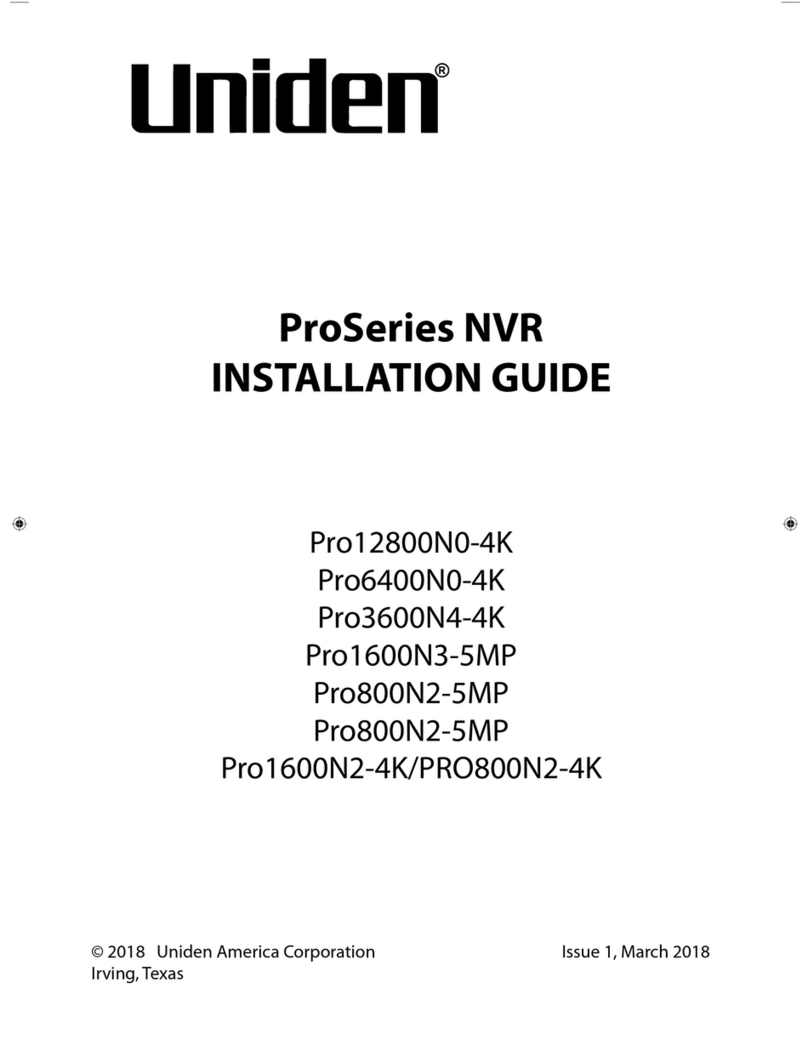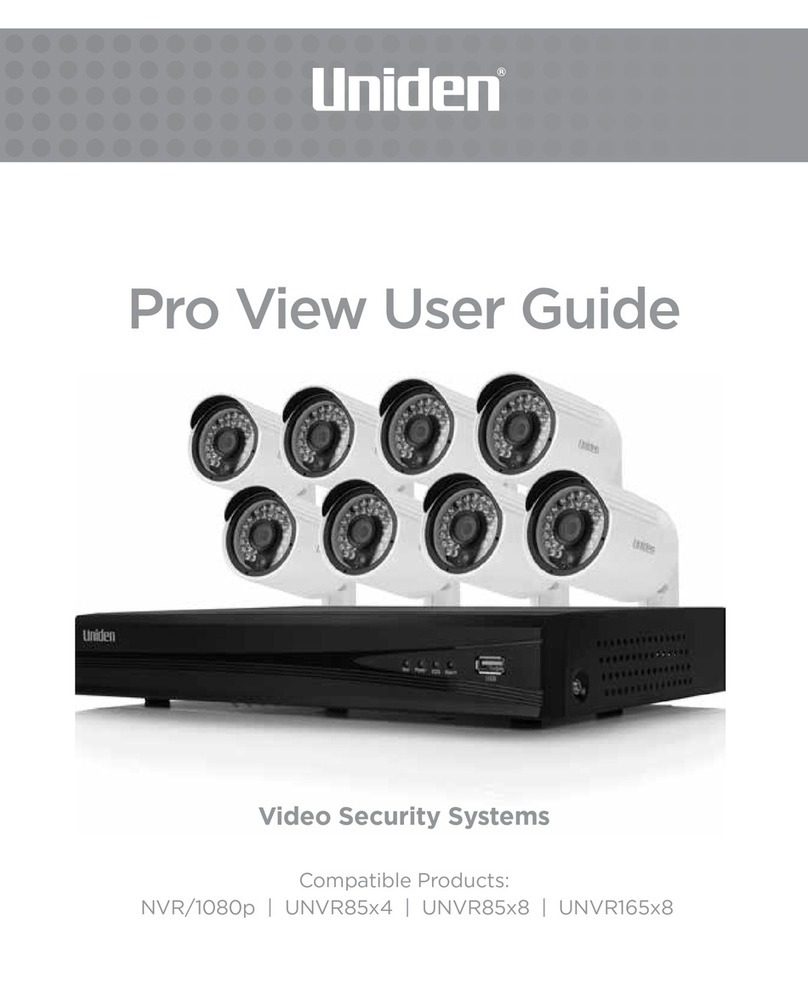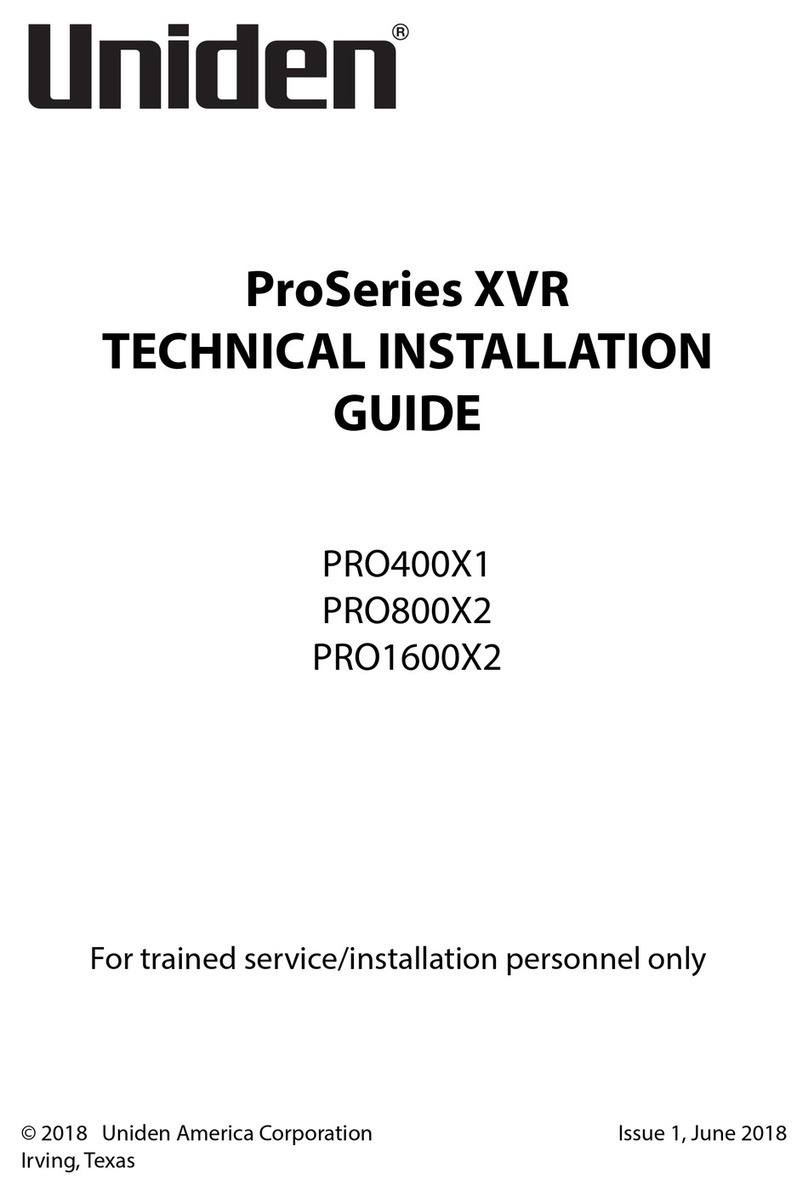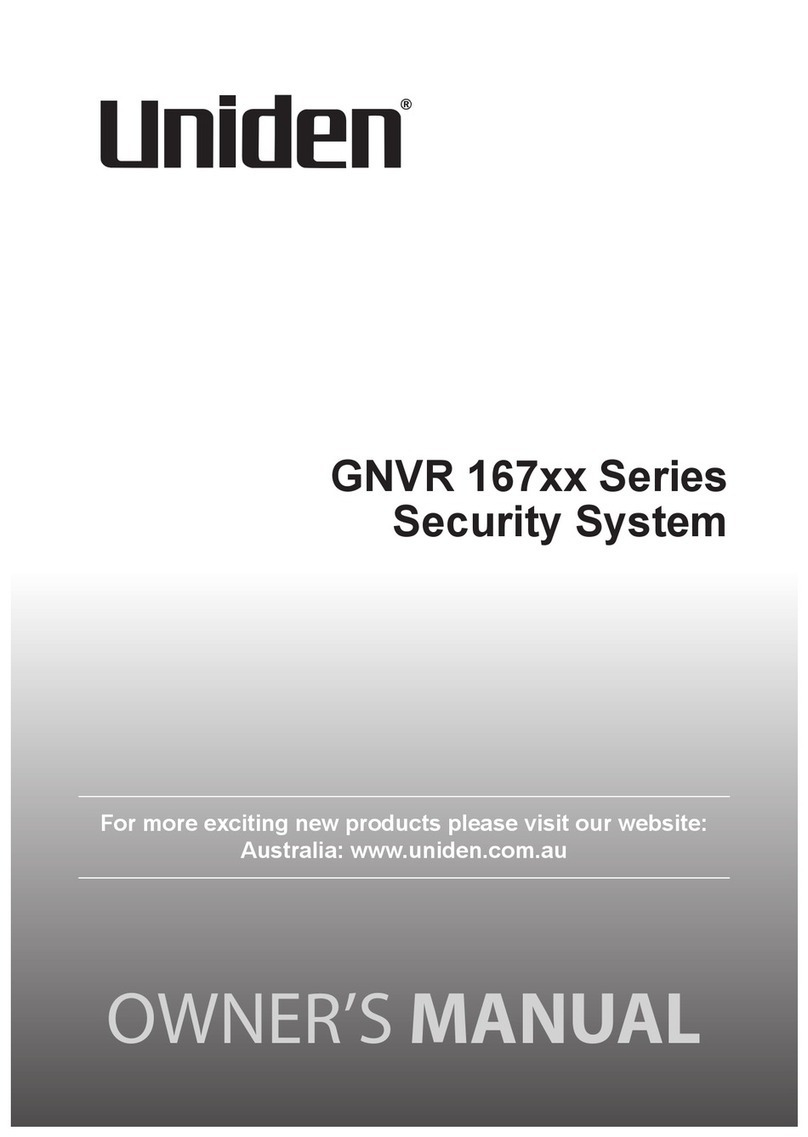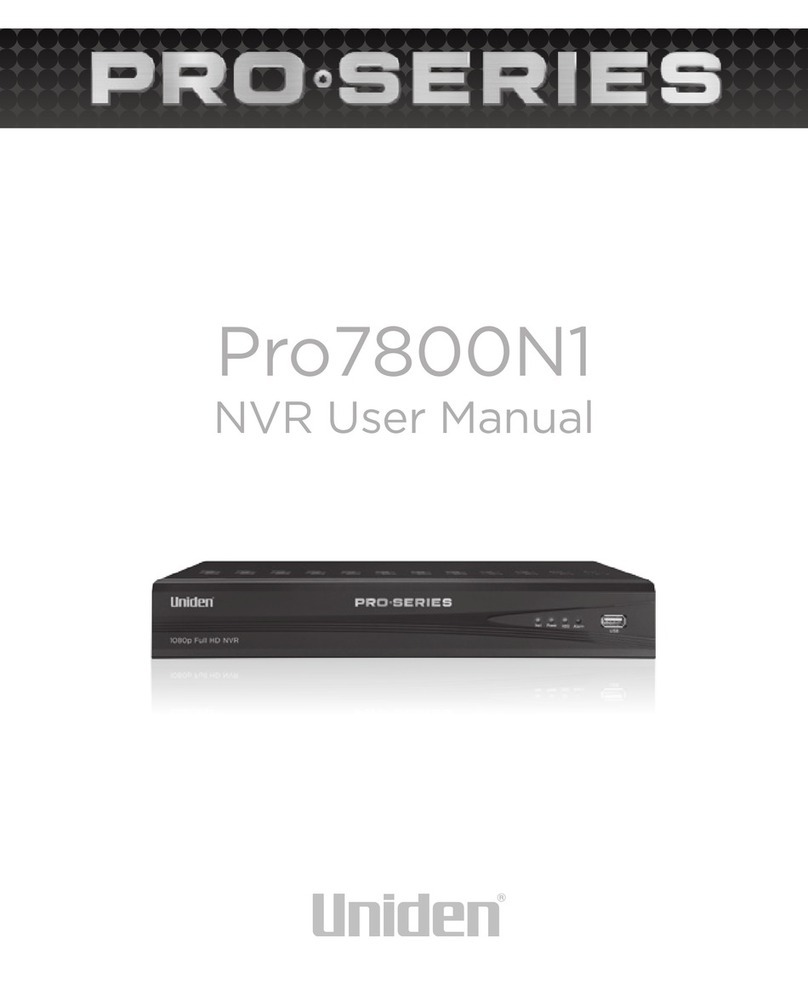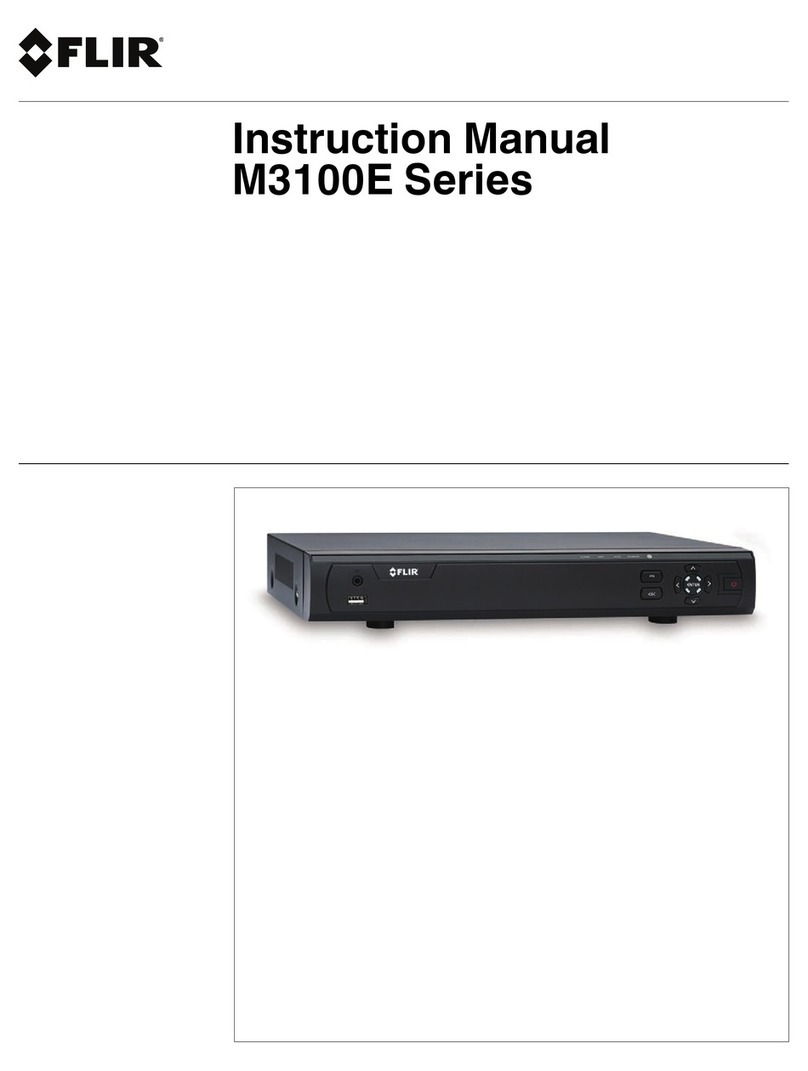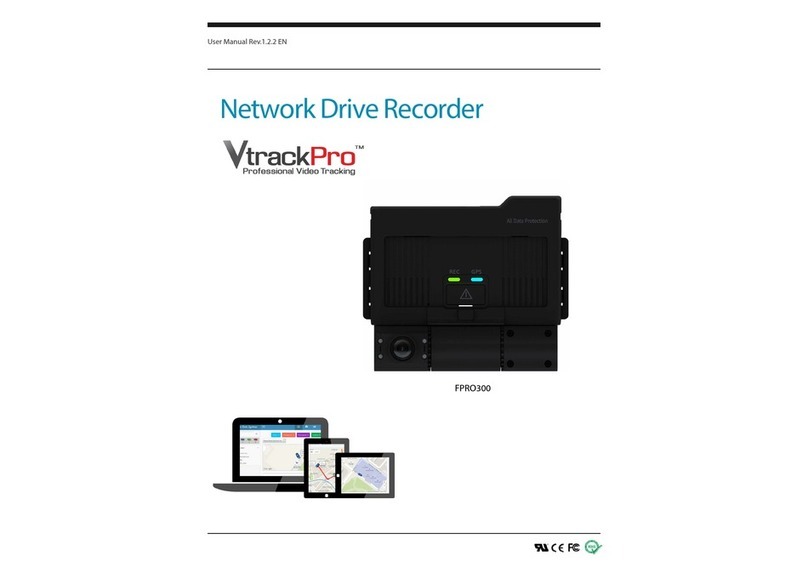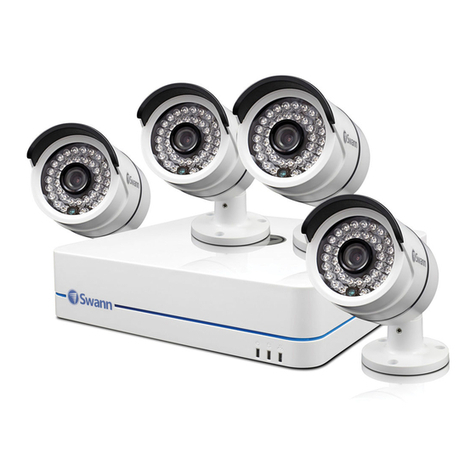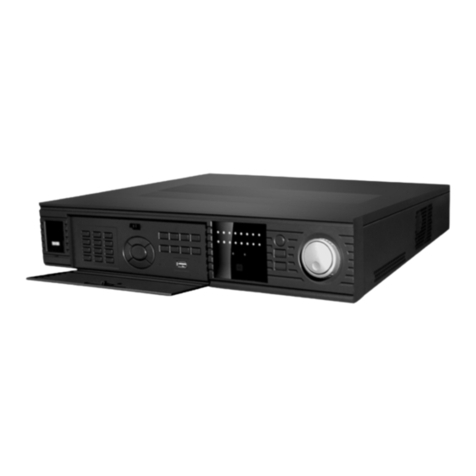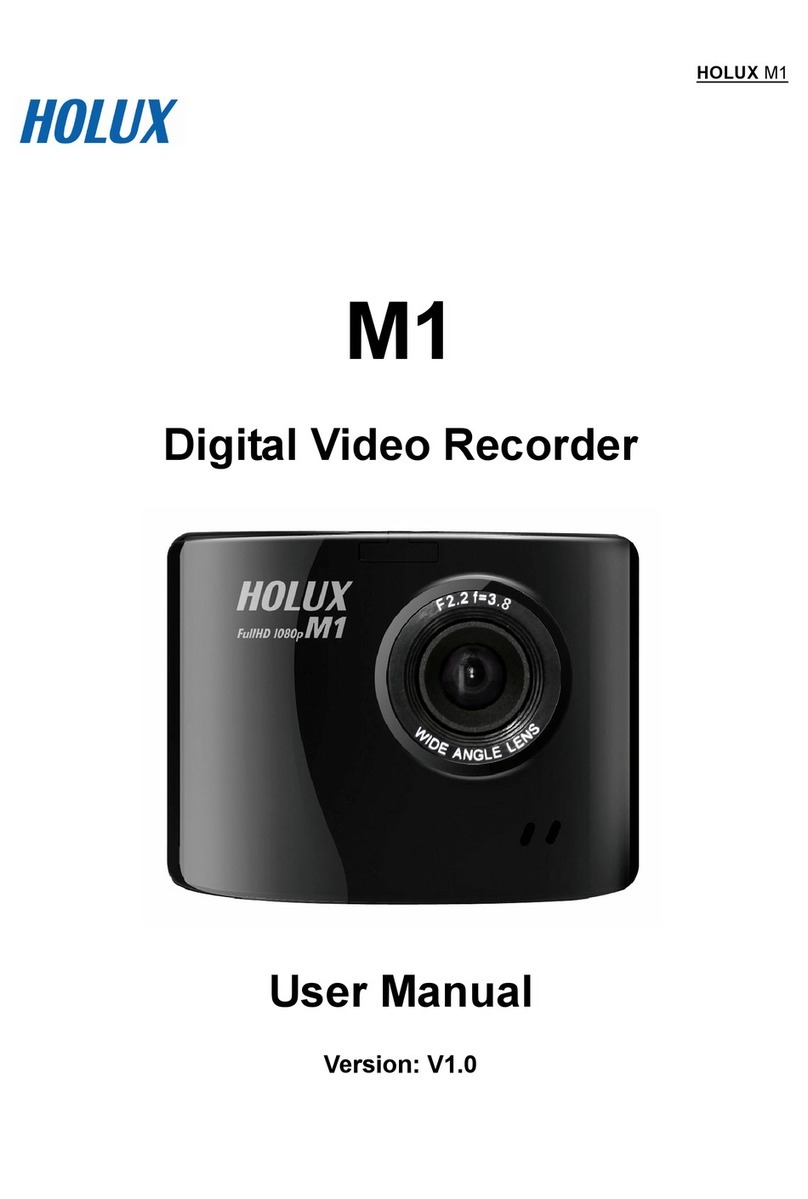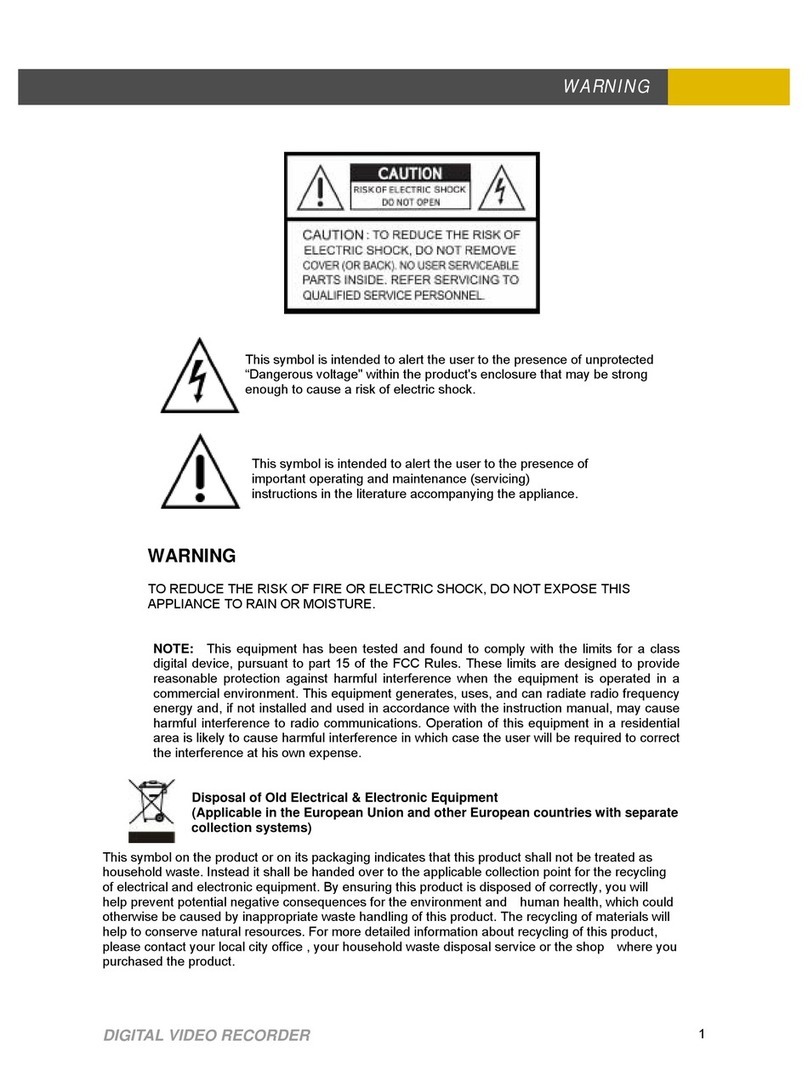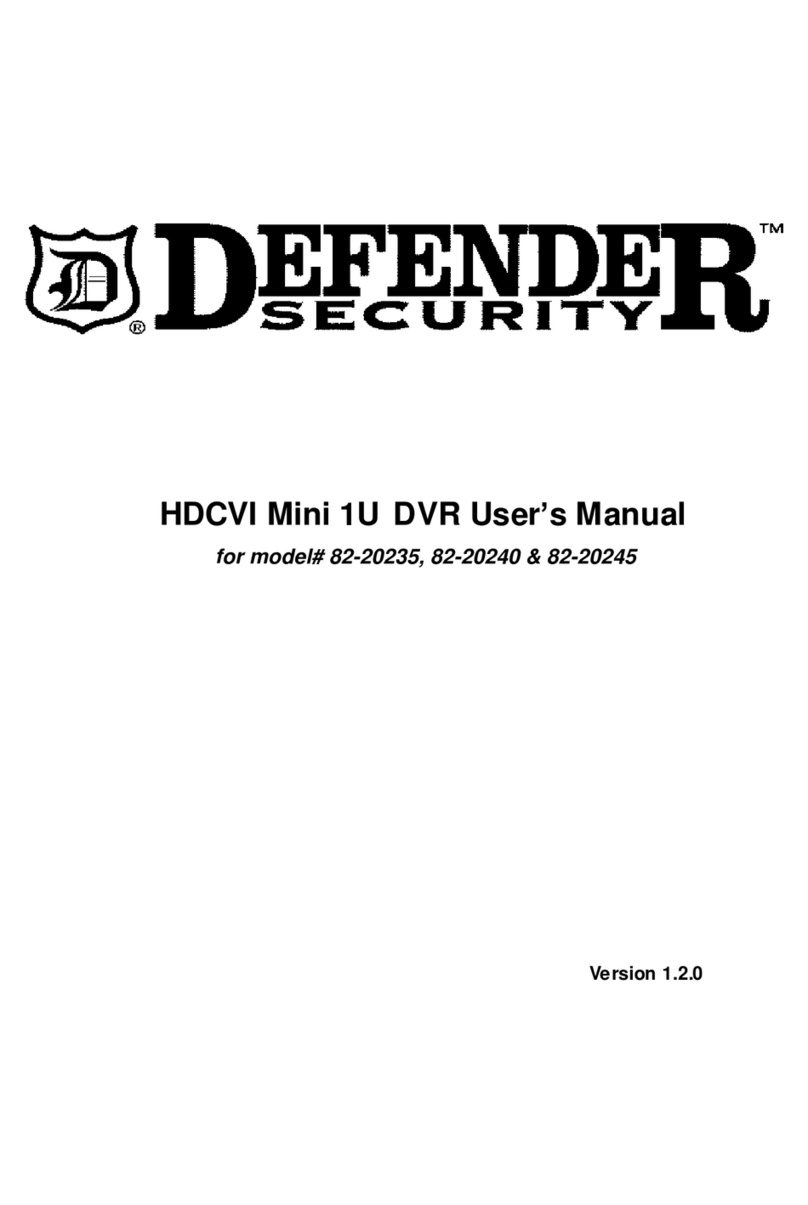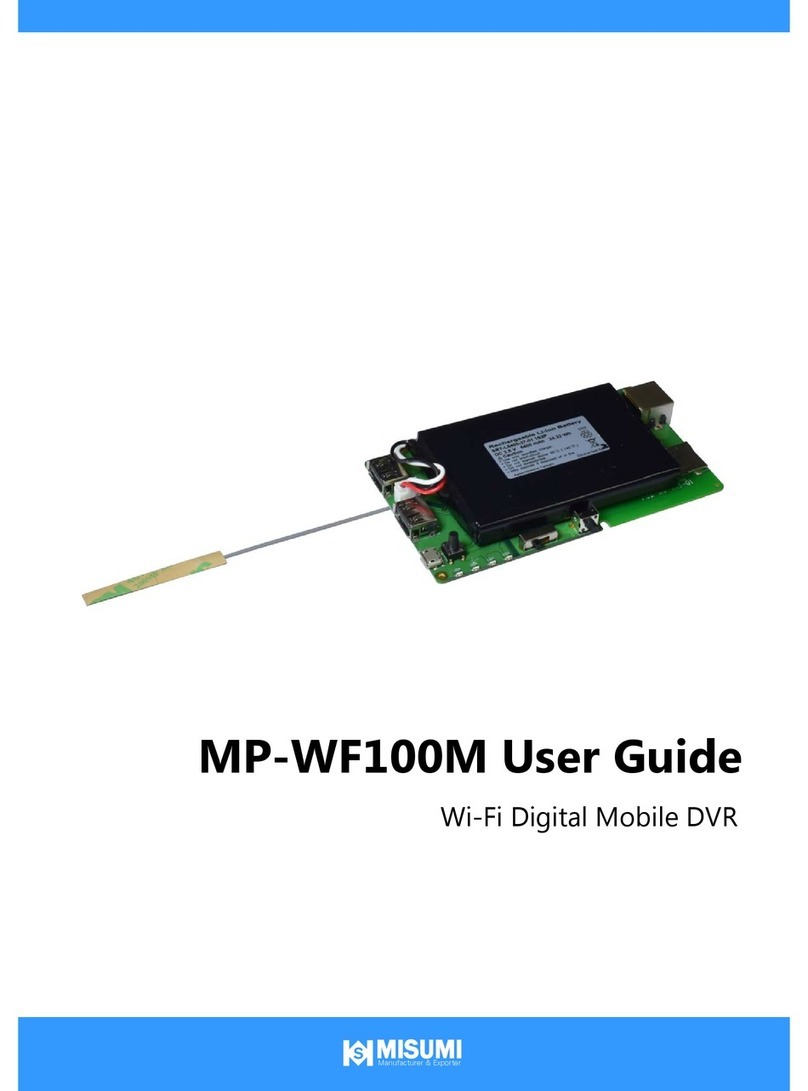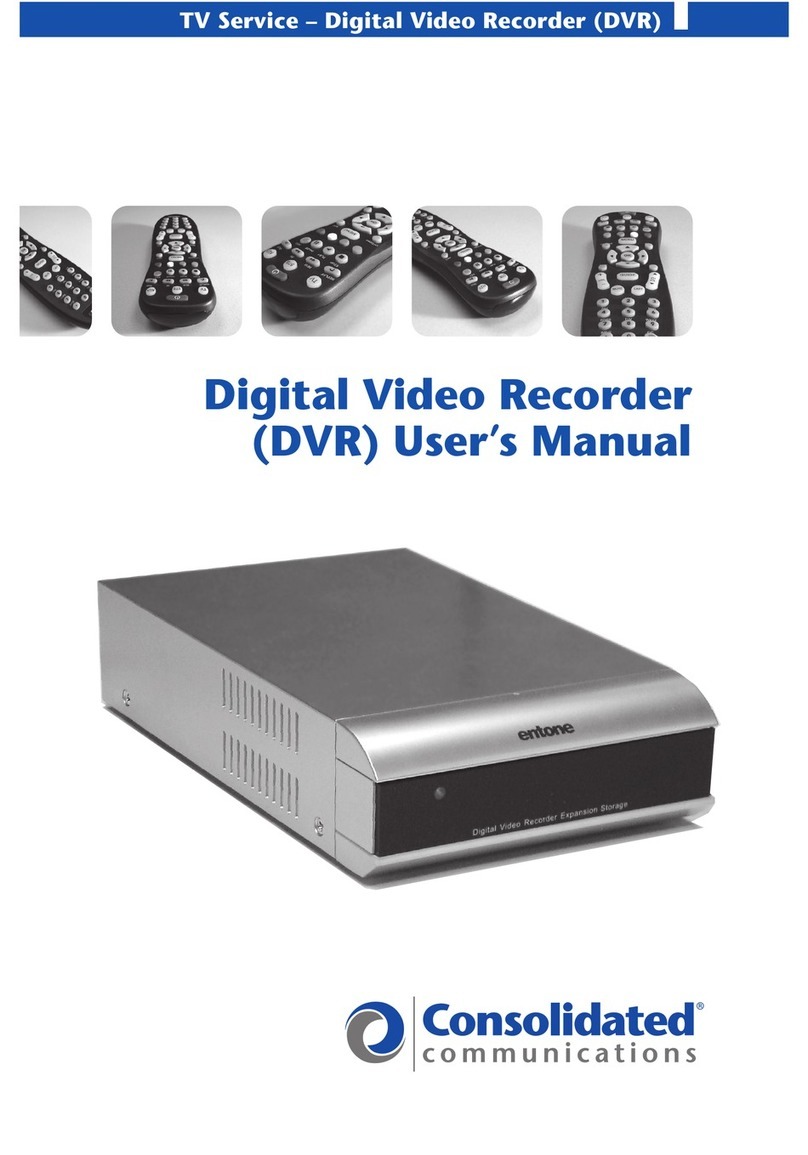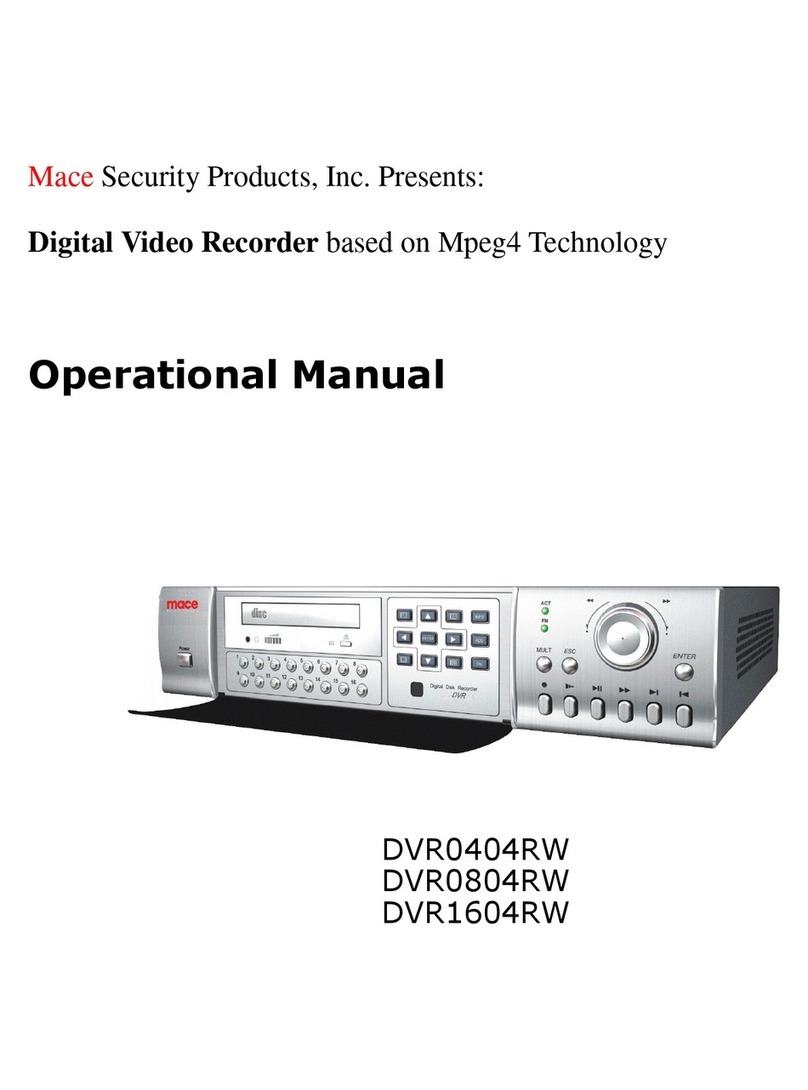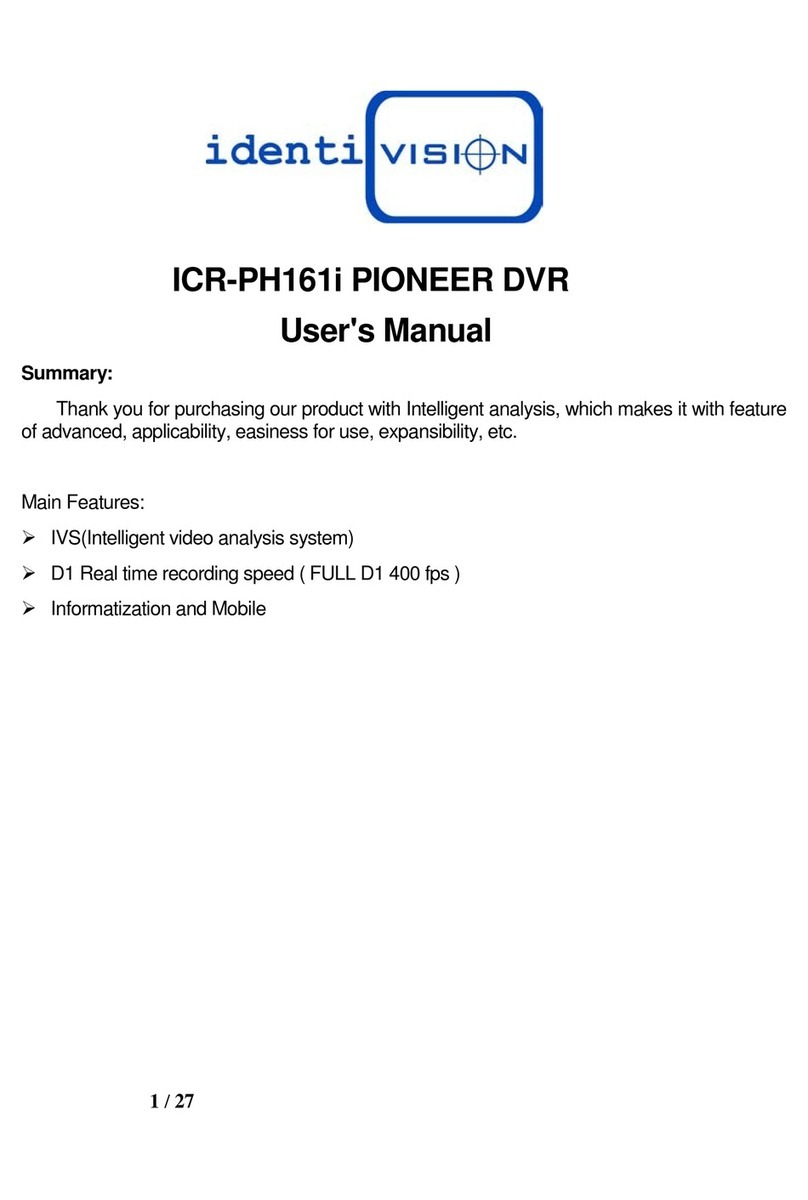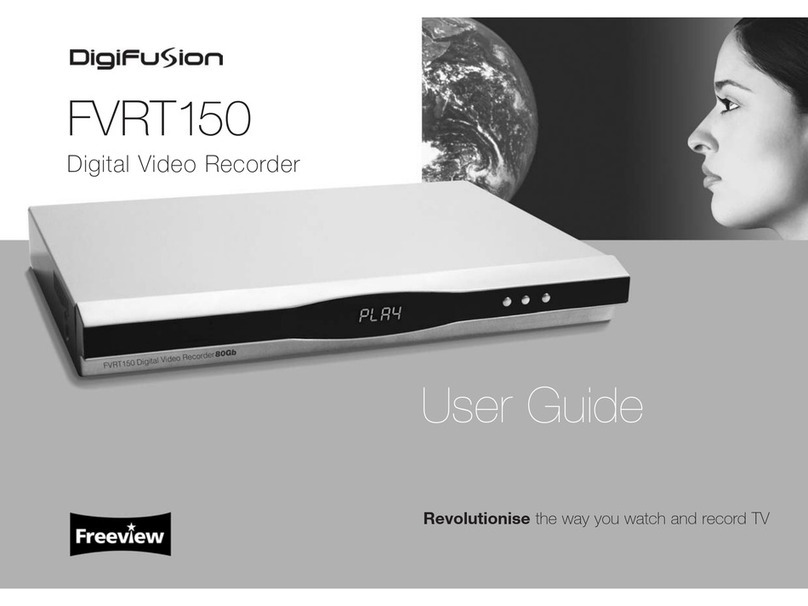
Admin User Name:
Admin Password:
IP Address:
System Name:
User Information
1. Menu Operation ........................................................................................................... 4
1.1 Main Menu ............................................................................................................... 4
2. Start Up/Shutdown System ................................................................................... 5
2.1 Main Menu-Start Sub Menu............................................................................... 5
3. Preview ........................................................................................................................... 8
4 System Configuration Settings .............................................................................. 9
4.1 IP Channel Setting ............................................................................................. 10
4.1.1 Add IP Automatically ................................................................................ 10
4.1.2 Add IP Manually ......................................................................................... 12
4.1.3 Channel Parameters Modification....................................................... 13
4.1.4 Modify IPC Parameters............................................................................ 14
4.1.5 Delete IPC..................................................................................................... 15
4.2 Channel ................................................................................................................... 16
4.2.1 Display Setting .......................................................................................... 17
4.2.2 Video Parameters .................................................................................... 18
4.2.3 Schedule Record ..................................................................................... 19
4.2.4 Motion Detection .................................................................................... 23
4.2.5 Video Lost .................................................................................................. 26
4.2.6 Tampering Alarm ..................................................................................... 28
4.2.7 Video Mask Setting ................................................................................. 31
4.3 Network ................................................................................................................. 33
4.3.1 Network Setting ........................................................................................ 34
4.3.1.1 Advanced Setting ........................................................................... 36
4.3.2 DDNS Setting ............................................................................................ 37
4.3.3 NTP Setting ............................................................................................... 38
4.3.4 Email Setting ............................................................................................ 39
4.3.5 Management Platform ........................................................................... 40
4.4 Alarm ...................................................................................................................... 41
4.4.1 Alarm Input ................................................................................................. 42
4.4.2 Alarm Output ........................................................................................... 43
4.4.3 Exception ................................................................................................... 44
4.5 Account .................................................................................................................. 45
4.5.1 Account Information Setting ............................................................... 45
4.5.2 User Online Checking ............................................................................. 47
4.6 System Administration...................................................................................... 48
4.6.1 Device Log .................................................................................................. 49
4.6.2 Stream Info ................................................................................................ 50
4.6.3 HDD Setting .............................................................................................. 51
4.6.4 System Update ........................................................................................ 52
4.6.5 Auto Reboot ............................................................................................. 52
4.6.6 Recovery Configuration ....................................................................... 52
5. PTZ Control .................................................................................................................. 53
6. Record ............................................................................................................................ 55
7. Manual Snapshot ........................................................................................................ 56
8. Video Playback ........................................................................................................... 56
9. Screen Display Setting ............................................................................................. 58
10. Video Backup Setting ............................................................................................. 59
11. Alarm Setting .............................................................................................................. 60
12. File Manager ............................................................................................................... 61
13. Image Setting ............................................................................................................. 62
14. Screen Aspect Ratio/Segmentation ................................................................. 63
Table Of Contents
